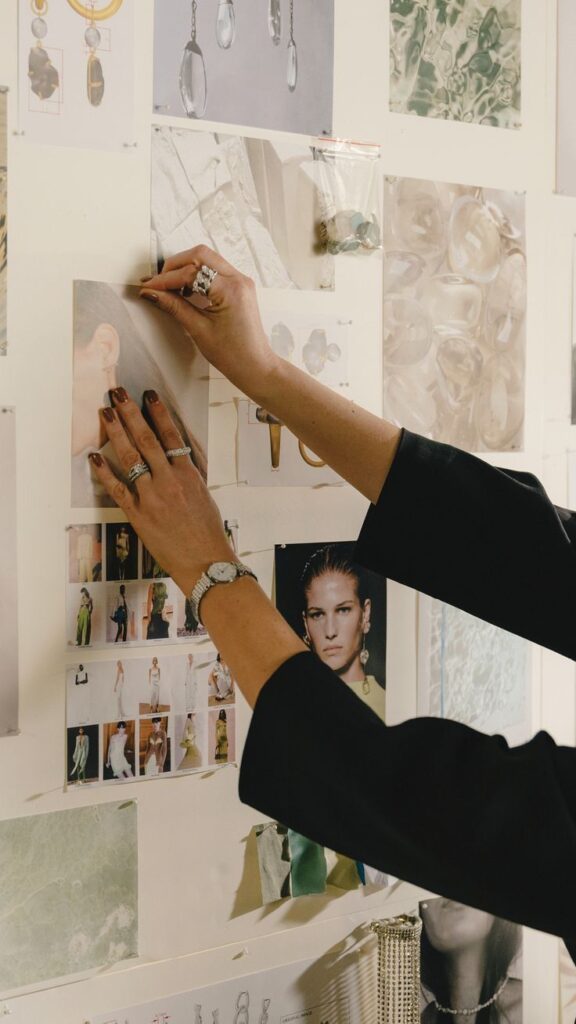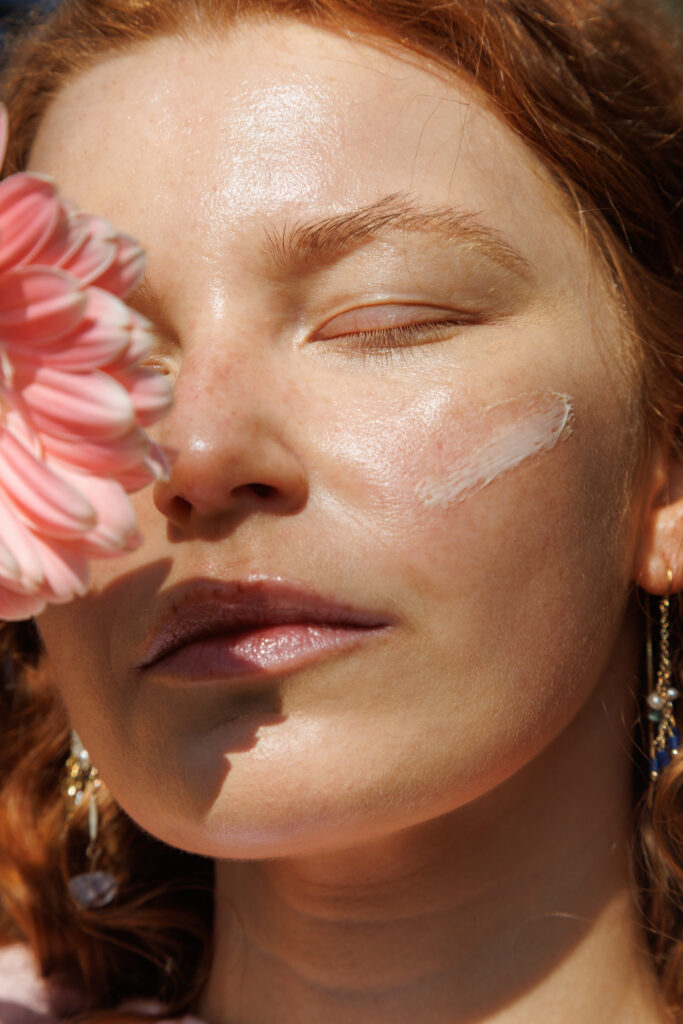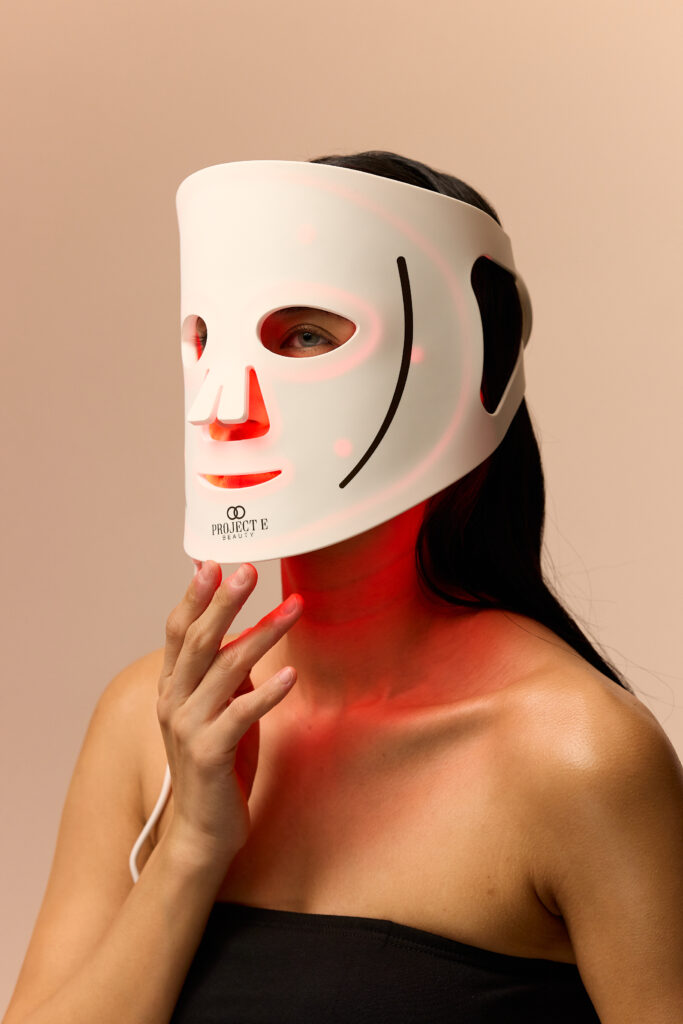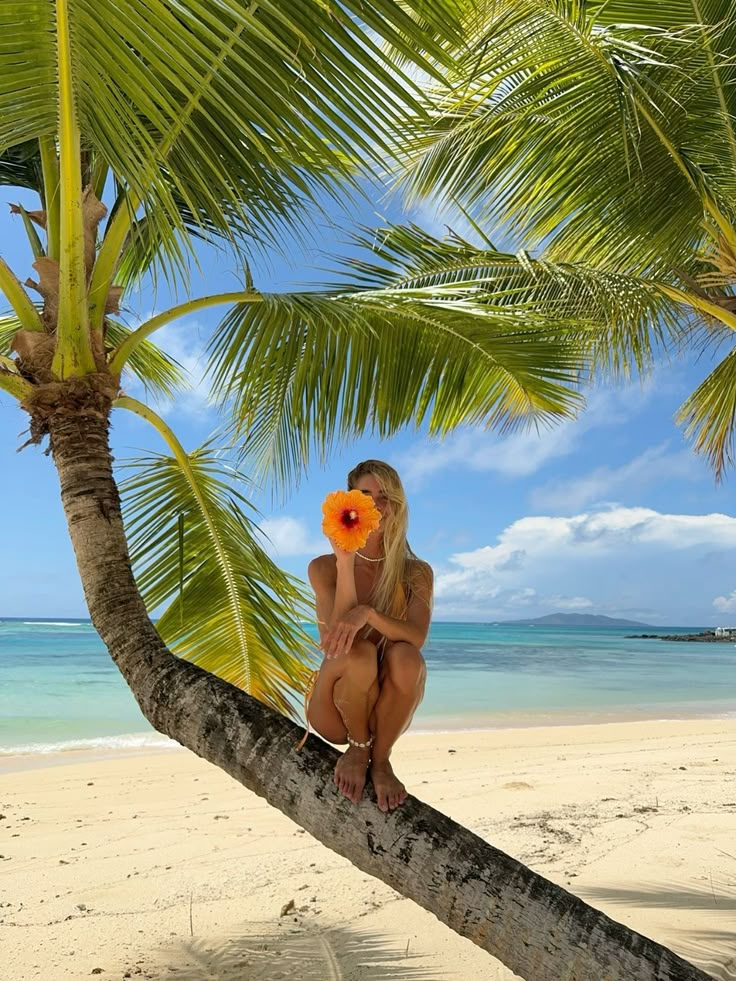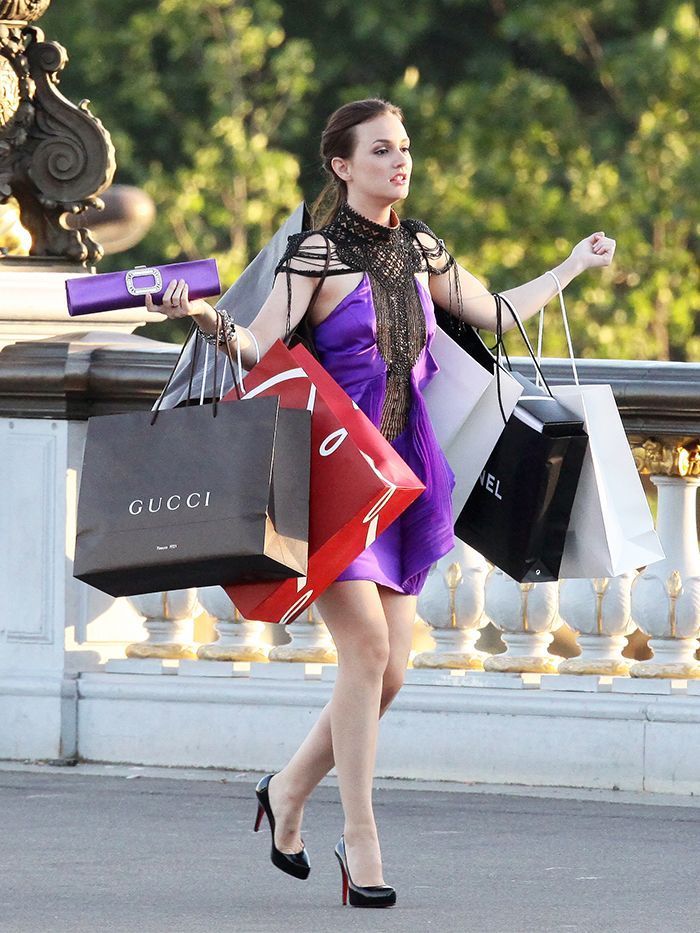Once upon a time, luxury meant excess — logos, limited editions, and a “more is more” mentality. But somewhere between the rise of Succession-core and the quiet luxury aesthetic, the modern muse began craving something subtler. Today, true luxury isn’t about shouting wealth — it’s about whispering intention.
Across Australia, a new generation of designers is redefining what it means to dress well, blending style with substance and creating a new era of mindful luxury.
Quiet Luxury Meets Conscious Living
The internet’s obsession with quiet luxury, old money style, and the Scandi/clean girl aesthetic has done more than fill our feeds with tonal wardrobes and slicked-back buns — it’s reprogrammed how we think about fashion.
In a world of trend fatigue, we’re moving from overconsumption to longevity. The icons of now don’t flaunt; they refine. Their wardrobes are built on quality, not quantity — perfectly aligned with sustainable design.
Australian labels like Bassike, Arnsdorf, and Beare Park embody this shift. Their minimalist silhouettes, natural fabrics, and neutral palettes feel effortlessly chic yet deeply intentional. It’s not about being plain — it’s about being precise.
Sustainability, but Make It Chic
Gone are the days when “eco-friendly” meant shapeless hemp and guilt. Today’s conscious fashion is clever, polished, and quietly powerful. Labels like Kitx and Maggie Marilyn lead with innovation — crafting from regenerative fibres and deadstock materials without compromising elegance.
Sydney designer Bianca Spender told ABC News:
“There were these huge stockpiles [of dead stock] building which often would be burnt or go to landfill … I’m not just going to see how these fabrics integrate with my range. Instead, I’m going to start only with dead-stock fabrics.”
Her approach mirrors the mindset of the new luxury consumer — one who equates creativity with consciousness.
The New Status Symbol
In 2025, status isn’t defined by what you wear — it’s defined by why you wear it. Mindful consumers are looking beyond aesthetics to authenticity: who made this, how, and at what cost?
Ellery champions local craftsmanship, while Anna Quan’s clean tailoring has become a cult favourite among women who see fashion as investment, not impulse. Even heritage labels like Zimmermann are embracing transparency, proving progress and prestige can coexist.
According to the Australian Fashion Council, the nation’s green fashion market was valued at USD 1.98 billion in 2023, with growth projected above 7% annually through 2028. The industry’s Roadmap to Circularity 2030 also signals a nationwide commitment to close the loop on textile waste.
These numbers tell a clear story — sustainability isn’t niche anymore. It’s the new normal.
A Culture of Care
There’s something distinctly Australian about this new wave of luxury. Maybe it’s our love for the outdoors, our easygoing sensibility, or the way we balance polish with practicality. Sustainability here doesn’t feel performative — it feels lived-in and sun-warmed.
Local designers are creating wardrobes that move effortlessly between work and weekends, art galleries and ocean swims. They’re not just designing clothes; they’re designing a lifestyle — one that’s aspirational, attainable, and deeply grounded.
Mindful Is the New Modern
Mindful luxury isn’t a fleeting trend — it’s a shift in consciousness. It’s understanding that what we wear holds meaning, and that elegance is as much about empathy as it is about aesthetics.
As the Australian fashion landscape evolves, one thing’s clear: sustainability isn’t the opposite of luxury — it is luxury. Quiet, beautiful, and built to last.
Takeaway
The rise of mindful luxury mirrors the rise of the mindful woman — thoughtful, curious, and confident in her choices. She’s not buying to belong; she’s buying because it aligns. The Modern Muse doesn’t chase trends — she defines them, one conscious purchase at a time.
Sources: ABC News (2023); GlobalData (2023); Australian Fashion Council & WRAP Asia Pacific (2024).
Read more of our Fashion & Style articles here.

